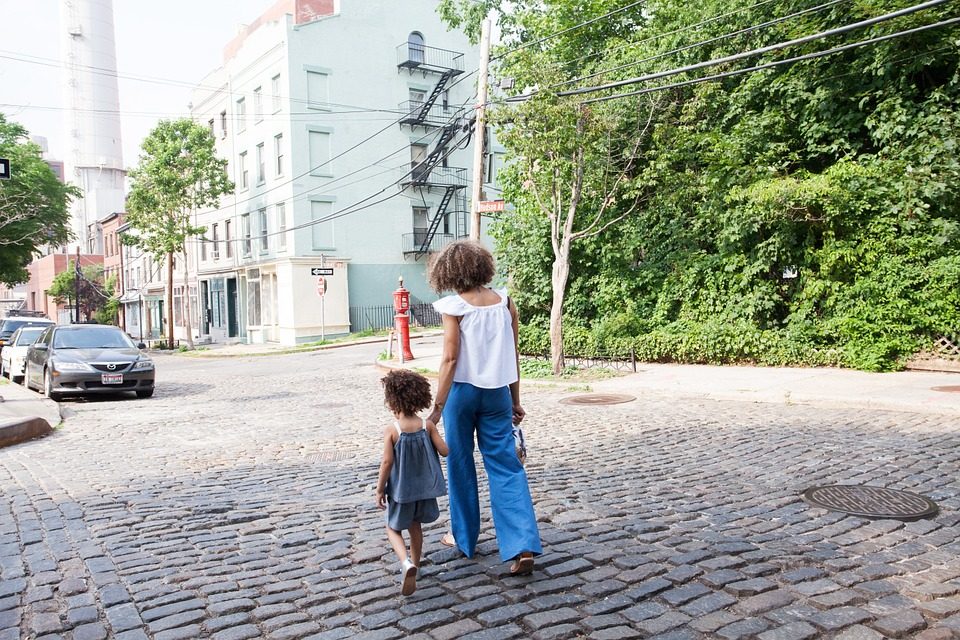With home prices having gained so much over the past 18 months, the majority of single women households now believe homeownership is out of reach.

Freddie Mac, in a research brief, found that 60% of single female household renters believe they’ll never be able to afford a home. Of those, 80% cited insufficient savings to pay for a down payment and closing costs. Also, around 75% of the 2,000 survey respondents said they believe mortgage repayments would be more expensive than rent, or that they don’t make enough money to pay off a mortgage.
“The COVID-19 pandemic has had a disparate economic impact nationwide, particularly on women who are heads of their households, such as single moms and caretakers,” said Freddie Mac’s single-family vice president of equitable housing Pam Perry.
The White House under President Joe Biden has attempted to ease barriers to homeownership by creating more down payment assistance options for first-time buyers. But with Congress looking to cut costs on Biden’s social infrastructure bill, it’s not clear if such measures will make the cut.
Over the past two years, certain areas of the economy where women are over-represented, such as the hospitality and services industries, have been hit hardest. In addition, single female household heads are more likely to have to bear the brunt of childcare, which might explain why 75% of people in that group who have left the workforce have not returned.
Now, even as the economy recovers, a lot of uncertainty remains, said Freddie Mac’s deputy chief economist Leonard Kiefer.
“If you have primary childcare responsibilities, it makes it tough to go and take on a job where you may not have as much flexibility,” Kiefer said.
Sole-person households are also finding it more difficult to find suitable rental housing, let alone buy a home. The situation is exacerbated as sole-person households have been growing quickly, leading to more demand for affordable, modestly-sized homes, Freddie Mac said. In the last four decades, the number of sole-person households has doubled. Now, 36 million households, or 28% of all households in the U.S. are said to be led by one person, up from 18.2 million in 1980.
Freddie Mac said baby boomers’ share of sole-person homes, which numbers almost 40%, will continue to grow, driven by divorces and deaths of spouses or partners. Baby boomers are also staying in their homes for longer.
This increase in sole-person households is adding to the demand for smaller, affordable housing, but at the same time builders are building fewer of them – according to the U.S. Census Bureau’s recent survey of construction earlier this year, four-bedroom homes account for 44% of all new residential properties,up from 29% in 1990. Meanwhile the share of homes with two bedrooms or less fell from 15% to 10% over the same period.